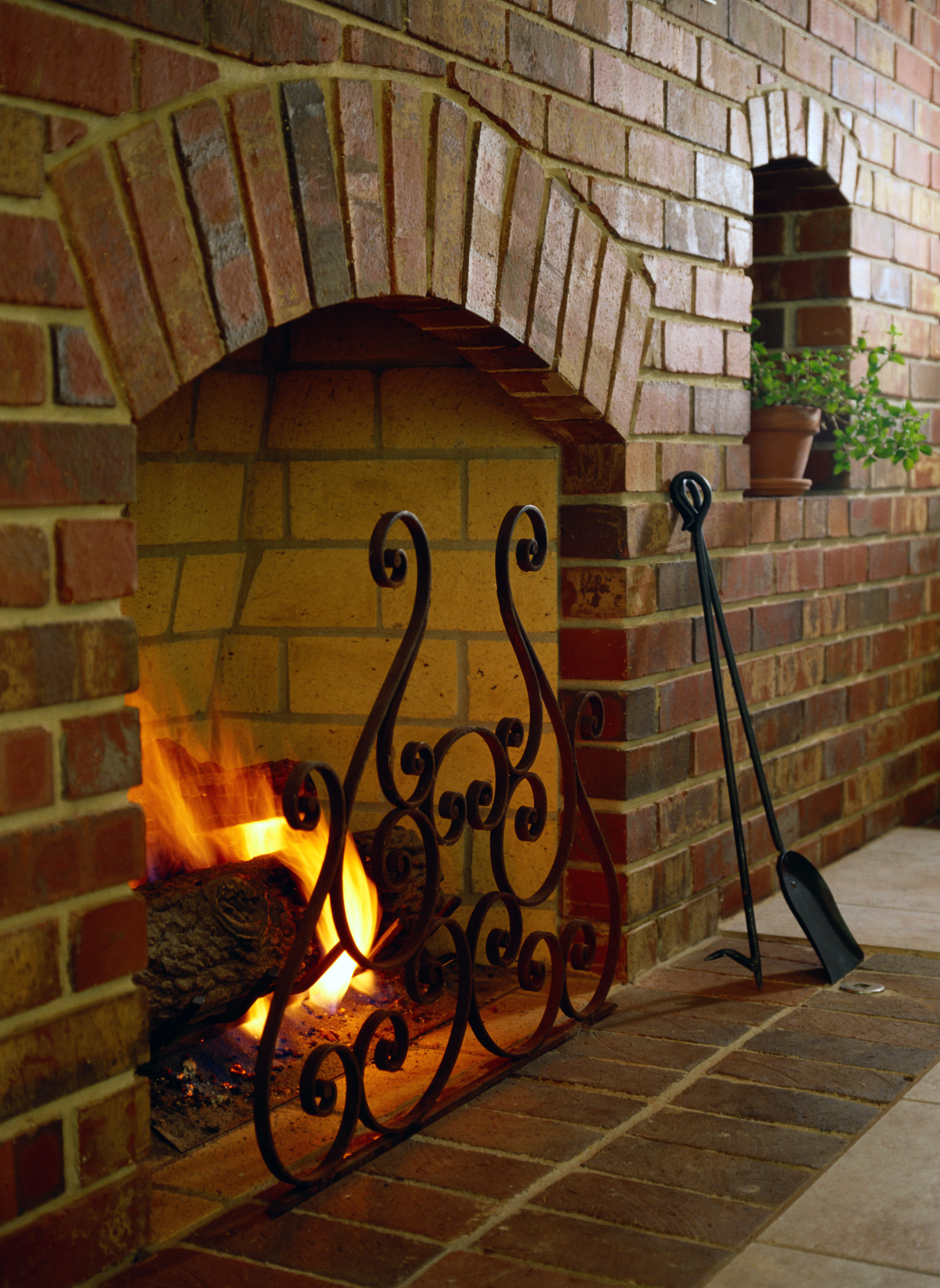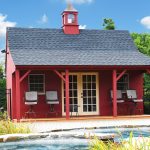Homes
Wood Heating Chart | Heat Values of New England Fuel Woods
Have you ever wondered if heating with wood would trim your fuel bills? Look over the information in these charts to help find the answer.

Coffee By Design | Portland, Maine
Photo Credit : Katherine Keenan- Find the kind of wood you will burn from Chart One.
- Find the kind of wood burner you use from Chart Two or Three. Chart Two is for wood stove users; Chart Three is for fireplace users.
- Read the figures that apply to your present fuel: oil, lpg, natural gas, electric heat.

Photo Credit : Janis Christie
WOOD HEATING CHART ONE:
Relative Heat Values for Common Fuelwoods Found in New England (air-dried eight months or more)GROUP A
(best fuels) apple, black birch, dogwood, black locust, hickory, hop hornbeam (ironwood)GROUP B
American hornbeam (blue beech), ash, beech, oak, sugar maple, yellow birchGROUP C
juniper, red maple, white (paper) birchGROUP D
cherry, elm, grey birch, Norway pine, pitch pine, tamarack (larch)GROUP E
alder, black spruce, black willow, cedar, hemlock, pin cherry, spruceGROUP F
(worst fuels) aspen, balsam fir, balsam poplar, basswood, white pineWOOD HEATING CHART TWO:
Fuel Equivalences for Listed Woods (Box Stoves / Airtight Stoves / High-Efficiency Stoves)| A Cord of Wood from: | Equals | Gallons No. 2 Oil | Gallons LP Gas | Cubic Feet Natural Gas (Thousands) | Kilowatt-Hours Electricity |
|---|---|---|---|---|---|
| Group A | = | 76/126/152 | 101/168/202 | 9.2/15.3/18.4 | 2023/3372/4047 |
| Group B | = | 69/115/138 | 92/154/185 | 8.4/14.0/16.8 | 1848/3079/3695 |
| Group C | = | 63/104/125 | 84/139/167 | 7.6/12.7/15.2 | 1672/2786/3343 |
| Group D | = | 56/93/112 | 75/125/149 | 6.8/11.3/13.6 | 1496/2493/2991 |
| Group E | = | 49/82/99 | 66/110/132 | 6.0/10.0/12.0 | 1320/2199/2639 |
| Group F | = | 43/71/86 | 57/95/114 | 5.2/8.7/10.4 | 1144/1906/2287 |
WOOD HEATING CHART THREE:
Fuel Equivalences for Listed Woods (Standard Fireplaces / High Efficiency Fireplaces)| A Cord of Wood from: | Equals | Gallons No. 2 Oil | Gallons LP Gas | Cubic Feet Natural Gas (Thousands) | Kilowatt-Hours Electricity |
|---|---|---|---|---|---|
| Group A | = | 25/63 | 34/84 | 3.07/7.67 | 674/1686 |
| Group B | = | 23/58 | 31/77 | 2.84/7.0 | 616/1540 |
| Group C | = | 21/52 | 28/70 | 2.53/6.33 | 557/1393 |
| Group D | = | 19/47 | 25/62 | 2.27/5.67 | 499/1246 |
| Group E | = | 16/41 | 22/55 | 2.0/5.0 | 440/1100 |
| Group F | = | 14/36 | 19/48 | 1.73/4.33 | 381/953 |








I would really like to get an opinion on using a wood stove versus a pellet stove. I have noticed lately that the cost is going up on both.
where could I find a chart comparison between anthracite nut coal and lpgas??